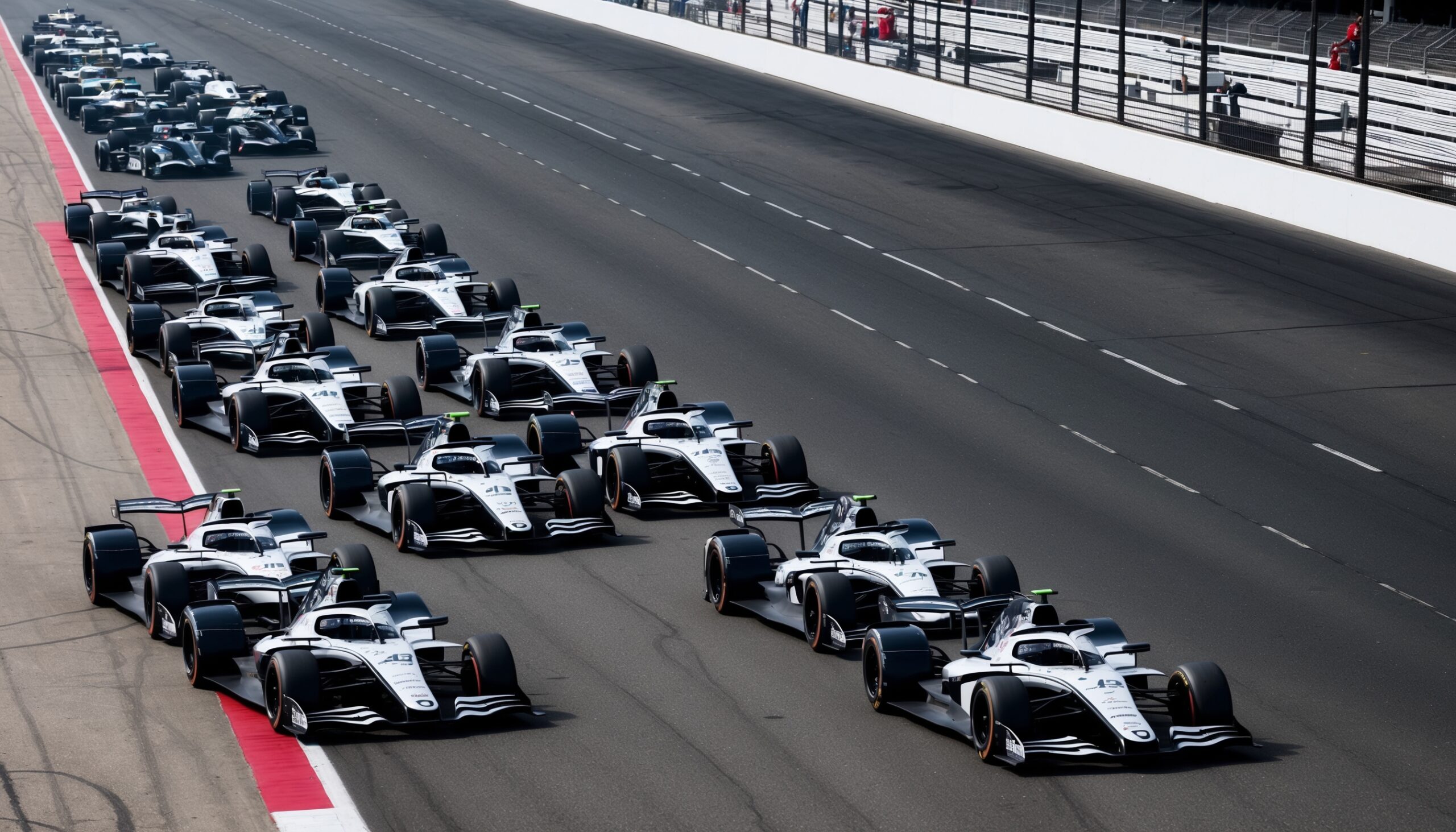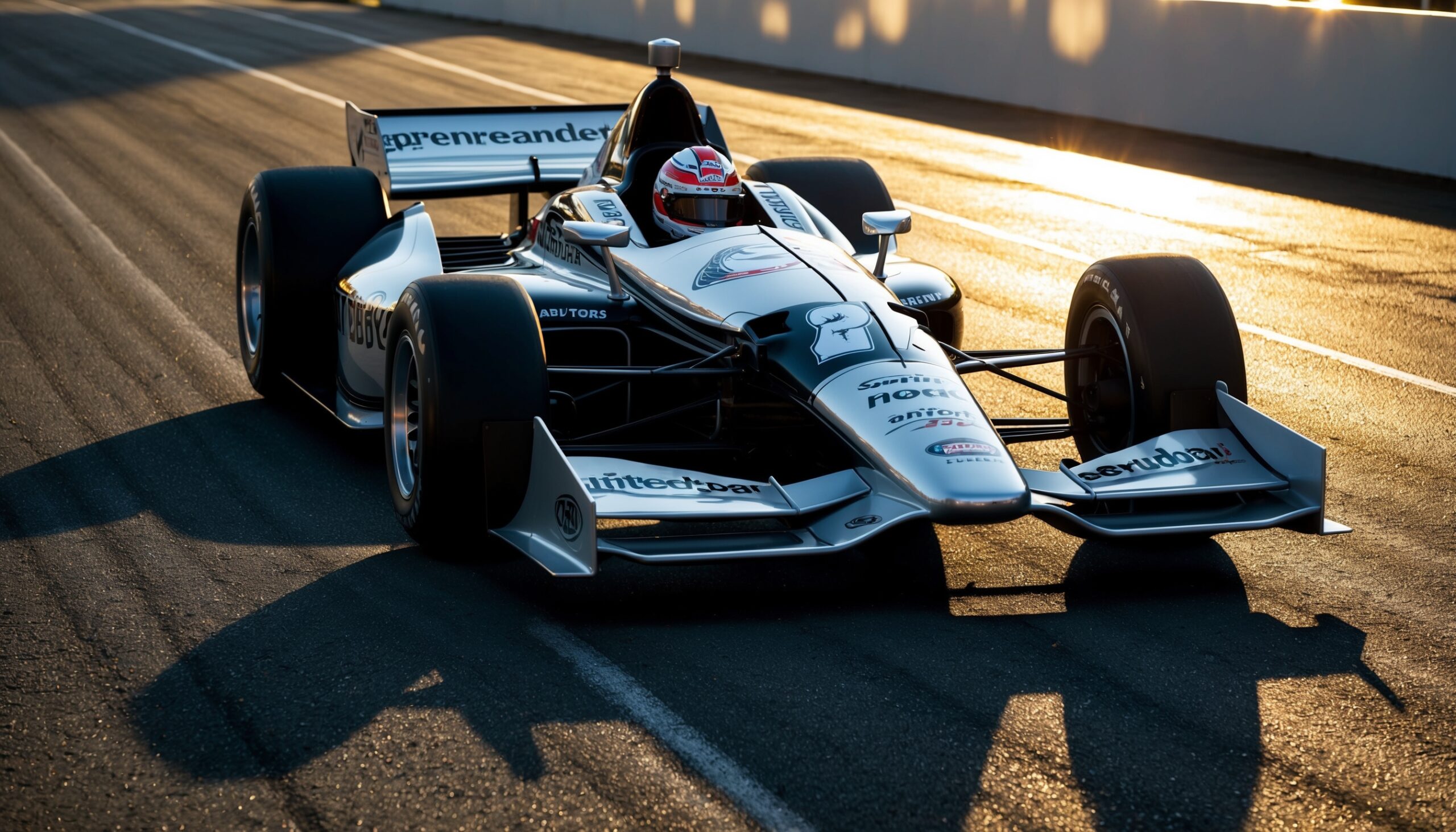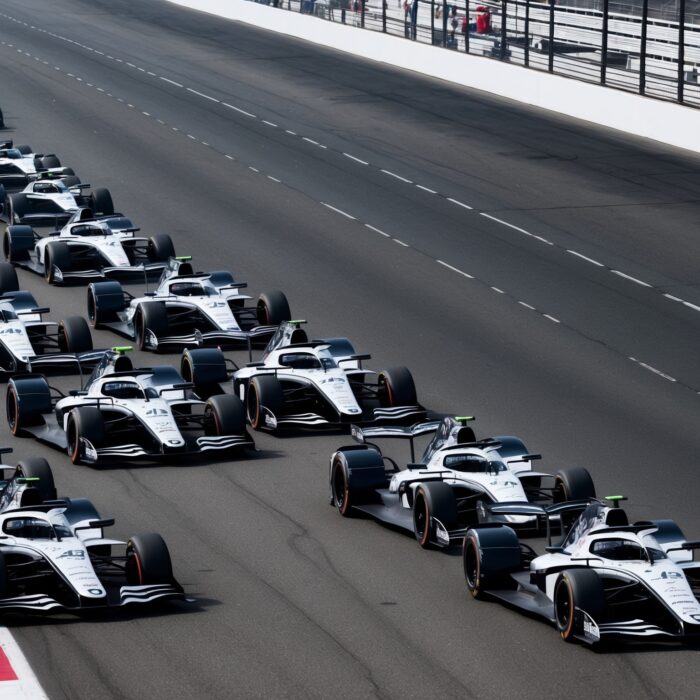Why F1 Teams are Rushing to Finalise Their 2026 Cars “Much Earlier” than Usual
As the world of Formula 1 gears up for the 2026 season, teams are finding themselves in a race against time—not just on the track, but in the design studios and factories. With the dawn of a new era in F1 regulations set to take effect, the urgency to finalize their 2026 cars is unlike anything we’ve seen before. Car enthusiasts, buckle up! We’re about to dive into the reasons behind this rush and what it means for the future of the sport.
The New Regulations: A Game Changer
The first and foremost reason for this accelerated timeline is the introduction of new regulations that will significantly alter the landscape of Formula 1. For 2026, the FIA is implementing a set of rules designed to enhance sustainability, increase competition, and reduce costs, all while keeping the thrilling essence of the sport intact.
- Power Units: The hybrid power units will see a shift towards more sustainable technologies, including a move to 100% sustainable fuels.
- Cost Cap Adjustments: Teams will have to navigate new financial regulations that limit spending, forcing them to be strategic in their design and development processes.
- Aero Changes: The aerodynamics of the cars will be revisited, with an emphasis on promoting overtaking and improving race competitiveness.
These changes aren’t just minor tweaks; they’re fundamental shifts that require teams to rethink their entire approach to car design. This has created a sense of urgency, as teams want to ensure they are fully prepared before the 2026 season kicks off.
The Competitive Edge: Getting Ahead of Rivals
In a sport as competitive as F1, being the first to adapt to new regulations can offer a significant advantage. Teams that finalize their designs earlier can spend more time refining their cars, testing new components, and gathering data, which can lead to better performance come race day.
For instance, look back to previous seasons where teams that were slow to adapt often found themselves on the back foot throughout the championship. The 2026 season is shaping up to be the most competitive yet, with new players and established teams alike vying for supremacy. Getting ahead now could mean the difference between a podium finish and a season of disappointment.
Collaboration and Partnerships
Another factor driving the rush is the increasing trend of collaboration between teams and technology partners. With the new regulations encouraging innovative solutions, teams are eager to finalize their designs to allow their partners, from engine suppliers to aerodynamic specialists, ample time to contribute their expertise.
Also Read: Best F1 teams will react and develop quickly to 2026 rules, says Mattia Binotto
These collaborations can lead to groundbreaking technologies that could redefine performance. For instance, teams are exploring novel materials and manufacturing techniques, such as 3D printing and advanced composites, which can drastically reduce weight while enhancing strength. The sooner teams can lock in their designs, the more room they have for innovation.
The Impact of Testing
Pre-season testing is another critical aspect of F1 that cannot be overlooked. With the new regulations, teams will need to allocate substantial time for testing to ensure their cars perform optimally under race conditions. By finalizing their cars earlier, teams can utilize the limited testing days more effectively.
- Development Time: Extended development time means more iterations and improvements based on testing data.
- Reliability Testing: With new power units and aerodynamic changes, ensuring reliability will be crucial. Early finalization allows for thorough reliability testing.
- Data Analysis: Teams can gather and analyze data from pre-season tests, leading to informed decisions about setups and strategies.
Additionally, with fewer testing days available due to budget constraints, each day on the track becomes even more valuable. Teams are well aware that a single day of testing can make or break their entire season.
Fan Engagement and Market Dynamics
The modern F1 landscape extends beyond the racetrack; it encompasses fan engagement and market dynamics. As fans grow increasingly passionate about sustainability, teams are under pressure to showcase their commitment to green technologies. Finalizing their 2026 cars early allows teams to promote their innovations and engage with fans who are eager to see how the sport is evolving.
Moreover, sponsors and stakeholders are closely watching how teams adapt to these changes. By demonstrating leadership in sustainability and performance through innovative car designs, teams can attract lucrative partnerships and sponsorships that can provide the financial backing needed to excel in this new era.
The Role of Data and Simulation Technologies
In recent years, the role of data analytics and simulation technologies has revolutionized how teams design and develop their cars. Advanced computational fluid dynamics (CFD) and simulation tools allow teams to run countless iterations of their designs without the need for costly physical prototypes.
With new regulations coming into play, teams are eager to finalize their designs early to leverage these technologies fully. The ability to quickly adapt to new information and testing results can lead to significant performance gains.
Also Read: Best F1 teams will react and develop quickly to 2026 rules, says Mattia Binotto
Legacy of the Teams: Building for the Future
For many teams, the 2026 season isn’t just about the here and now; it’s about building a legacy. Teams like Ferrari, Mercedes, and Red Bull have rich histories and are looking to add to their accolades. By rushing to finalize their 2026 cars, they are not only preparing for the upcoming season but also laying the groundwork for their future in the sport.
This forward-thinking approach is essential as teams aim to remain competitive in an ever-evolving landscape. Establishing a solid foundation now will set them up for success for several seasons to come, especially as technologies continue to advance.
Challenges Ahead: Navigating the Transition
While the rush to finalize the 2026 cars offers numerous opportunities, it also comes with its own set of challenges. Teams must navigate the complexities of new regulations while balancing innovation with reliability. The pressure to perform can lead to mistakes, and the stakes are higher than ever.
- Resource Allocation: With limited resources, teams must be strategic in how they allocate time, money, and personnel.
- Risk of Overreach: In the race to innovate, teams may push the boundaries too far, leading to untested and unreliable components.
- Managing Expectations: With fans and stakeholders eager for results, teams must manage expectations while staying focused on their long-term goals.
The balance between speed and precision will be critical as teams navigate this transition period. The ones that can effectively manage these challenges will emerge as frontrunners in the new era of Formula 1.

The Fans’ Perspective: What This Means
For fans, the anticipation surrounding the 2026 season is palpable. The prospect of new cars that are not only faster but also more sustainable is exhilarating. Fans are eager to see how these changes will affect the racing dynamics and the overall spectacle of F1.
Furthermore, early finalization of the cars means more time for teams to engage with fans, share insights, and build excitement through social media and live events. This connection between teams and fans has never been more important, and as teams showcase their innovations, the sport will likely attract a new generation of enthusiasts.
The Future of Formula 1: What Lies Ahead
As we look towards the future of Formula 1, the 2026 season stands as a pivotal point in the sport’s evolution. The rush to finalize cars early is not just a tactical move; it’s a reflection of the changing landscape of motorsport. The focus on sustainability, competition, and fan engagement will shape how F1 evolves in the coming years.
For car enthusiasts, this is an exciting time. The innovations and developments that emerge from this rush could redefine what we know about performance and technology in racing. As teams gear up for the 2026 season, one thing is clear: the race is on, and the excitement is just beginning.
Stay tuned to Torque Feed for all the latest updates, insights, and in-depth analyses of the F1 world as we approach this groundbreaking season.












